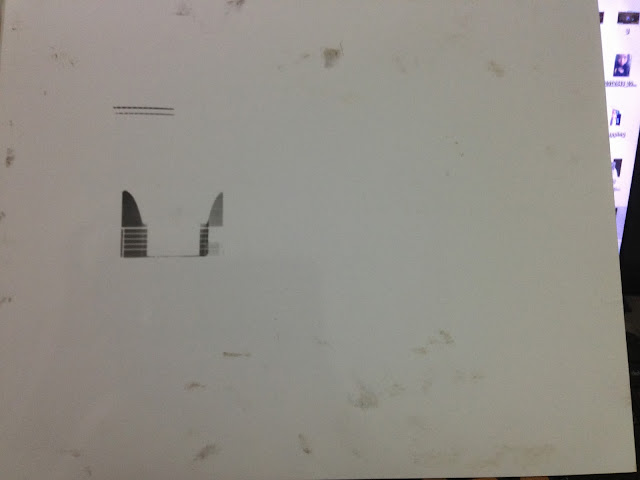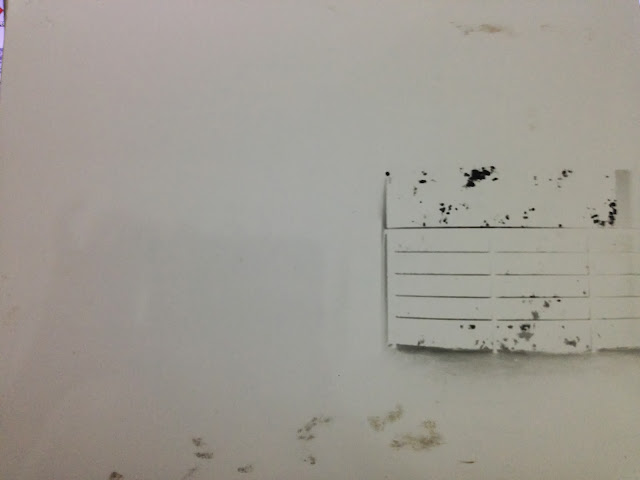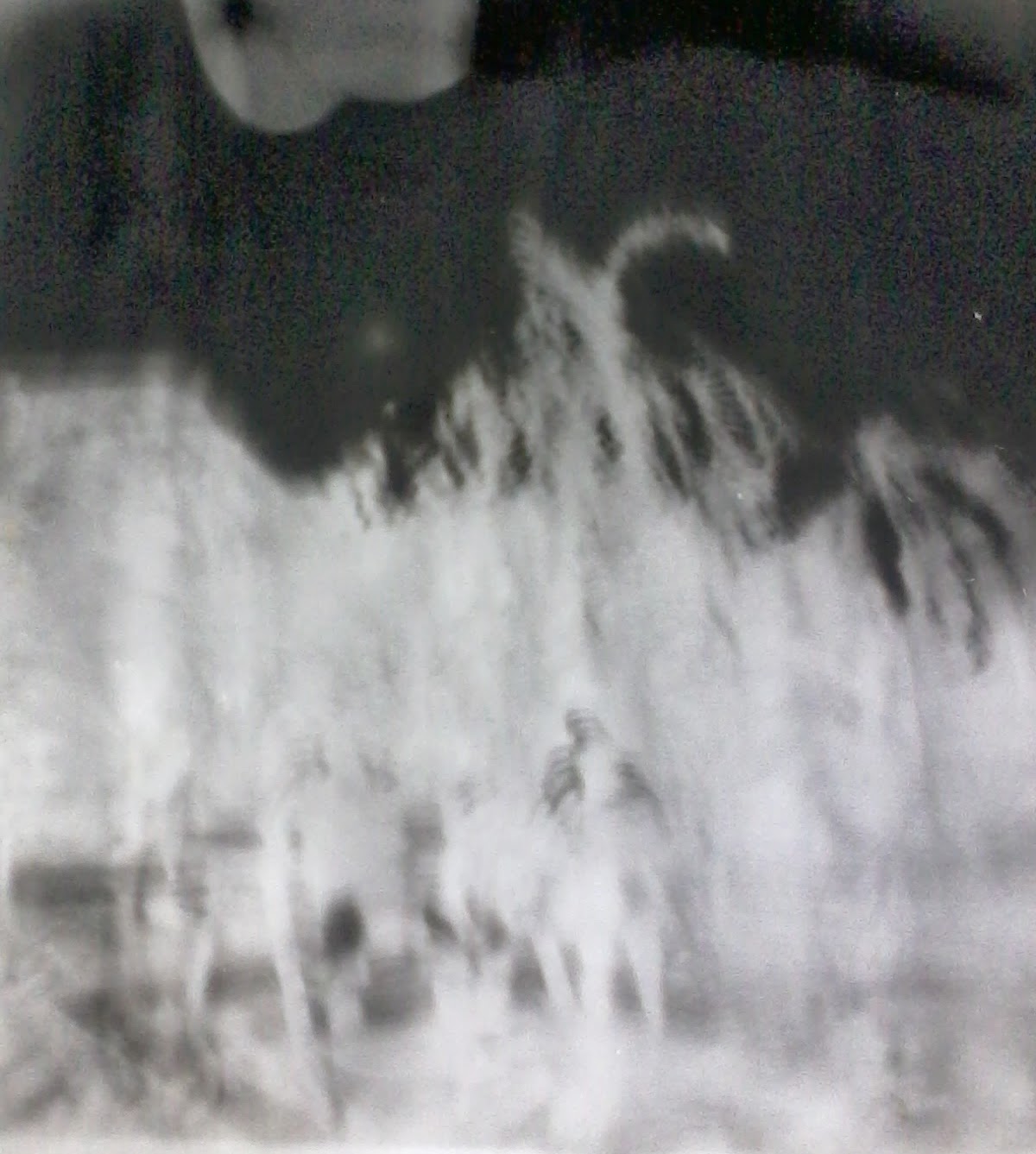Wood Clothespin
A few small sewing needles
Cloth tape
A piece of black construction paper
Black Sharpie marker
Scissors
Step 1: Using a scissors to cut the the top of can.(If u using a coffee can or other can got the cover just not need use the scissors to cut it)
Step 2: Create a “pinhole drill” to drill the smallest
possible hole in your can. Here I’ve taken a small sewing needle and
inserted it as shown into a clothespin (with about 3/8″ sticking out).
It stays in place with industrial glue (E3000) or super glue. It will
dull quickly so I recommend making more than one drill at a time
Step 4: Make it a cover using the scissors and black construction paper.
Your pinhole camera is ready to go!
Now you can load the camera with B&W photo paper! (I’m loading it in the light below so you can see it….but this must be done in the darkroom!) Take a piece of paper and place it into the camera as shown. The glossy side is the side that is light sensitive. Make sure that side is centered facing the pinhole.
After check it the pinhole camera, you can move out the paper and move your step into the dark room to put inside the photo paper(the pinhole photo paper cannot under light),but u want to cut it the size with your pinhole camera.
How to different the surface of the photo paper if is which want put inside front of the pinhole camera in the darkness???
U just use it your finger to feel it ,cause the photo paper got two surface.One face is ore soft.The face are the face put in front the hole.But if you also cant feel it got the other way,u just waste your finger and touch on the photo paper and you feel it the faces of the paper is sticky so is the surface put in front the hole.
----------------------------------------------------------------------------------
work.....
work.....
 |
| 5 mint during the evening |
 |
| 10 sec |
 | ||||
| 15 sec |
 |
| Failed |









